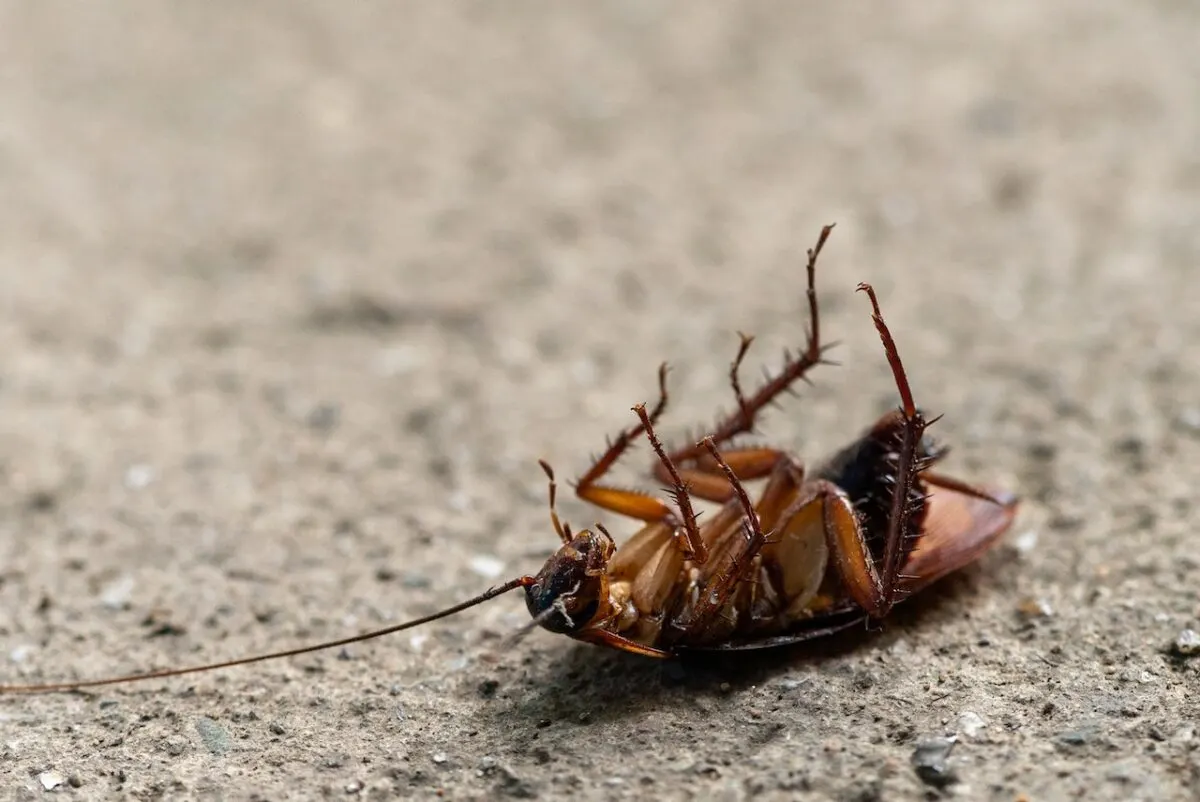Welcome to Early Signs Of Cockroach Pregnancy – What To Look Out For!
Cockroaches are common household pests that can quickly become problematic if left unchecked. These insects are known for their resilience and ability to reproduce rapidly, making it essential to identify and address any signs of infestation as early as possible. One of the early indications of a cockroach infestation is the presence of pregnant females.
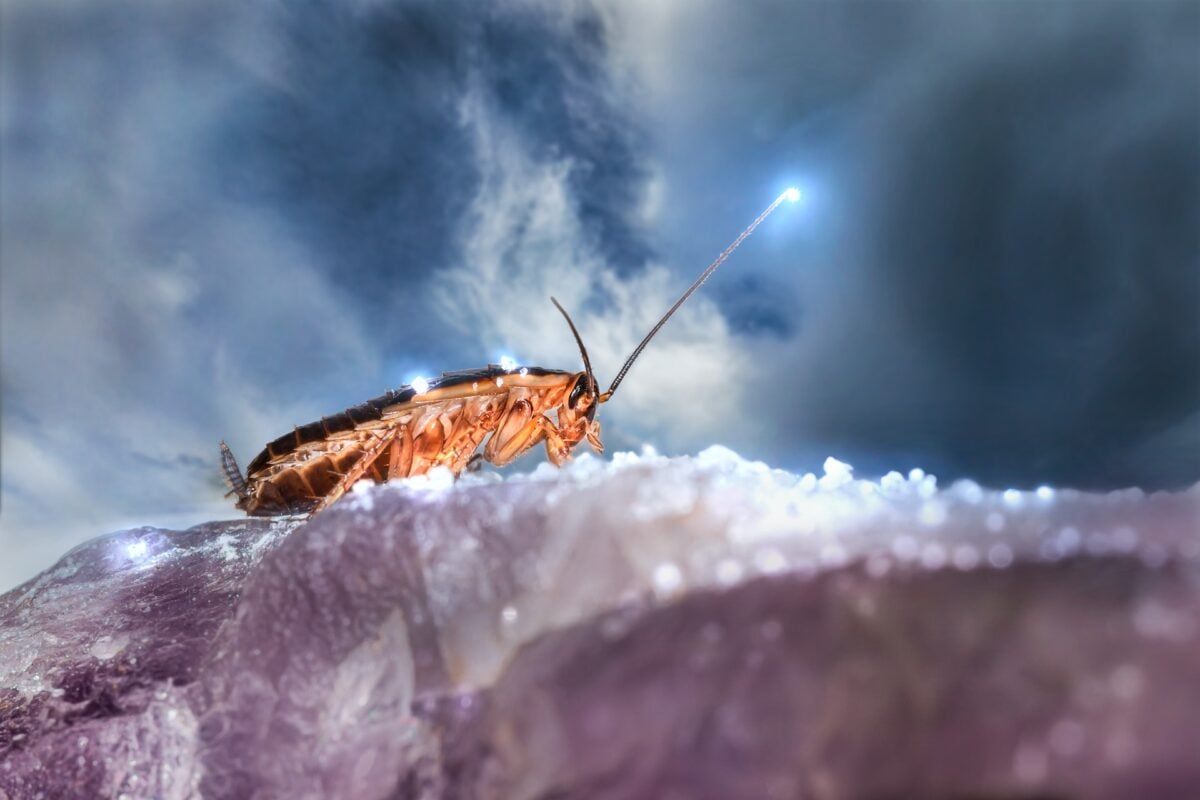
However, identifying a pregnant cockroach can be challenging, as these pests are nocturnal and often hide in dark, hard-to-reach areas.
This article will discuss the early signs of cockroach pregnancy and what to look for to prevent a full-blown infestation. Jump to any section or read the entire article.
History Of Cockroaches
With over 4,000 species of cockroaches, despite their ubiquity, the origin of these resilient creatures remains a mystery to researchers. The fossil record of cockroaches is sparse, with only a few specimens found dating back to the Carboniferous period, some 300 million years ago.
Scientists believe cockroaches evolved from a common ancestor that lived more than 300 million years ago, during the Carboniferous period. This ancestor was a primitive insect known as a blastoid, which resembled modern-day cockroaches in many ways.
During the Carboniferous period, the Earth experienced a period of significant change. The Carboniferous was characterized by high atmospheric oxygen levels, which allowed insects to grow much more significantly than they do today. It may have played a role in the evolution of cockroaches, as they are known for their ability to survive in harsh, low-oxygen environments.
Over time, the blastoids evolved into the diverse cockroach species we know today. Despite their diversity, all cockroaches share specific characteristics, such as their flat, oval-shaped bodies and ability to move quickly and hide in tight spaces.
Cockroaches have long been a subject of fascination for scientists and the public alike. In addition to their remarkable adaptability, these insects have also been shown to possess exciting and valuable traits. For example, some cockroach species can survive for weeks without food, and others are known for their ability to withstand high radiation levels.
Despite their many exciting traits, cockroaches remain a widely reviled pest. They can carry disease-causing bacteria and allergens, and their presence in homes and businesses can be challenging to eradicate. However, by understanding the origins of these creatures, we may be better equipped to develop effective strategies for controlling their populations.
The origin of cockroaches remains a topic of debate and research. While we may never know the exact origins of these remarkable creatures, it is clear that they have evolved over millions of years to become one of the most adaptable and tenacious insects on the planet.
Understanding cockroaches’ biology and behavior may help us better control their populations and minimize their impact on our lives. Also, check out Early Signs Of Bed Bugs if you think you have those.
Different Species Of Cockroaches
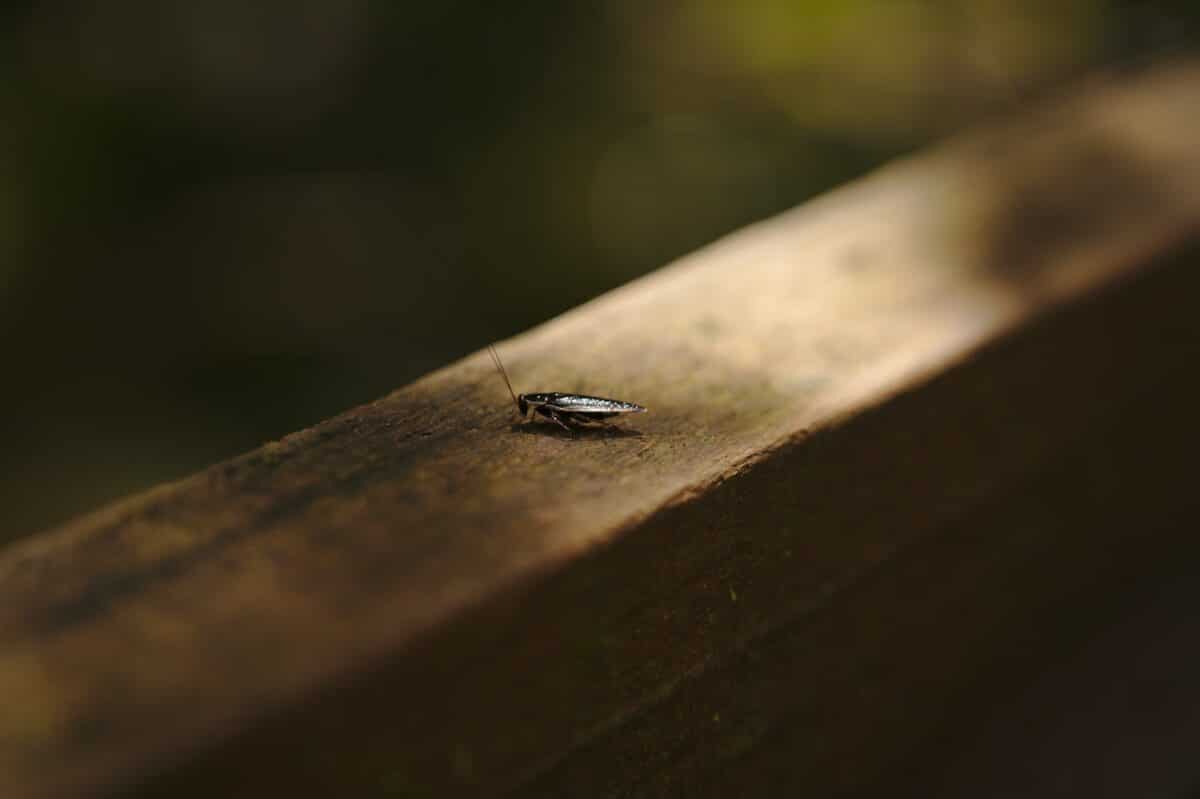
Cockroaches are a diverse and fascinating group of insects, with over 4,500 known species. These creatures have been around for over 300 million years, making them one of the oldest insect groups on the planet.
Despite their reputation as household pests, many species of cockroaches play essential roles in their ecosystems, serving as decomposers, pollinators, and prey for other animals.
Here are just a few of the many fascinating species of cockroach that can be found worldwide:
- Death’s Head Cockroach (Blaberus Craniifer)
The death’s head cockroach is named for the distinctive skull-shaped pattern on its thorax. Despite its ominous appearance, the death’s head cockroach has not considered a pest and is often kept as a pet.
- American Cockroach (Periplaneta Americana)
The American cockroach is known for its large size, reaching up to two inches long, and its reddish-brown coloration. Although they are often considered household pests, American cockroaches are also essential decomposers in the wild, feeding on dead plants and animals.
- Australian Giant Burrowing Cockroach (Macropanesthia Rhinoceros)
It is one of the largest species of cockroach in the world, with some individuals growing up to three inches long. This species is found in eastern Australia and is known for its ability to burrow deep into the ground, feeding on decaying plant matter.
- Asian Cockroach (Blattella Asahinai)
The Asian cockroach is a relatively new species to North America, first identified in Florida in the 1980s. This species is similar in appearance to the German cockroach, another common household pest, but is distinguished by its ability to fly. Asian cockroaches are attracted to light and are often found in large numbers around outdoor lights at night.
These are just a few examples of the many fascinating species of cockroaches that can be found around the world. Despite their reputation as pests, these creatures play essential roles in their ecosystems and are worthy of study and appreciation.
How Do Cockroaches Mate?
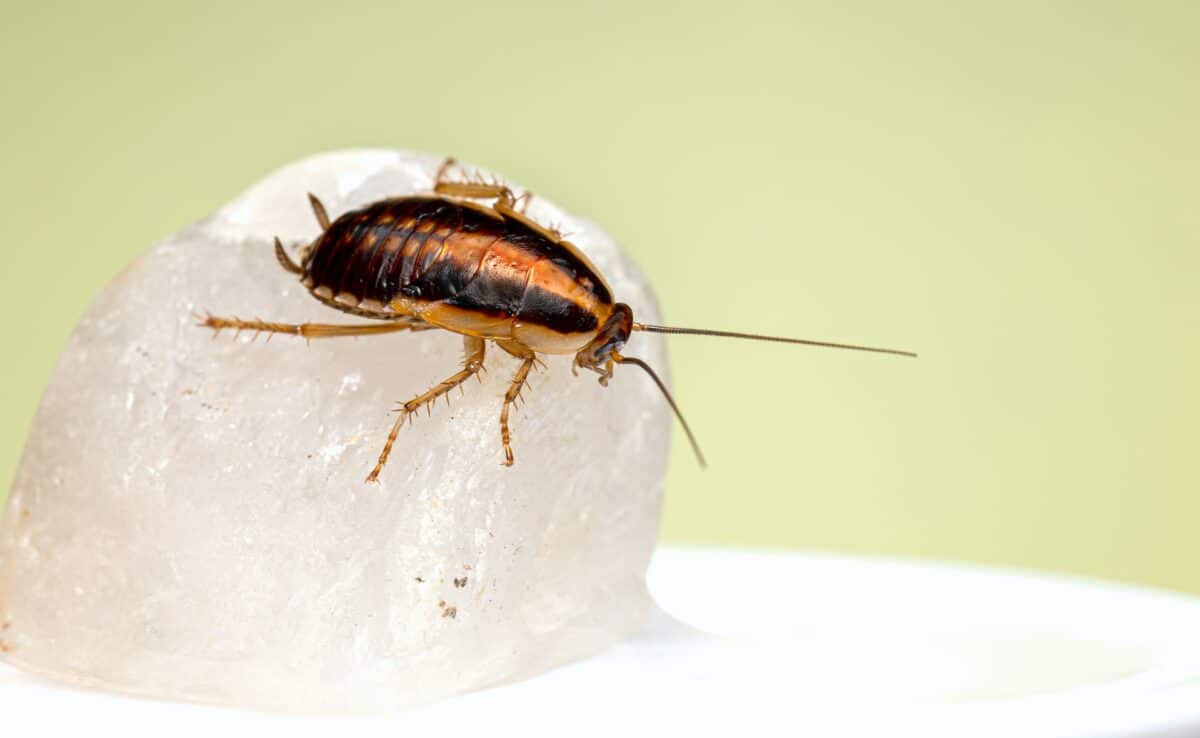
Cockroaches are known for their ability to reproduce rapidly and efficiently, and their mating behavior is essential to this process. The mating behavior of cockroaches can vary somewhat between different species, but some common patterns can be observed.
In general, male cockroaches will use a combination of visual and chemical cues to locate a receptive female. Once a male has located a female, he will often engage in a courtship display, which may involve vibrating his wings or antennae or producing pheromones to attract the female’s attention.
If the female is receptive, she will assume a mating posture, typically raising her abdomen and allowing the male to mount her. The male will then use specialized structures on his abdomen called “claspers” to grasp onto the female and transfer sperm packets, called spermatophores, to her reproductive tract.
In some species, the male may remain attached to the female for several hours or even days after mating, guarding her against other males and ensuring that his sperm have the best chance of fertilizing her eggs.
Once the female has received sperm from the male, she will store it in unique structures called spermathecae, where it can be used to fertilize her eggs over weeks or months. In some species, females may mate with multiple males throughout their lives, increasing genetic diversity and improving the chances of producing healthy offspring.
Overall, the mating behavior of cockroaches is a complex and fascinating process that plays a crucial role in their reproductive success. While these insects are often viewed as household pests, their reproductive strategies and behaviors testify to their resilience and adaptability as a group.
Cockroach Pregnancy: A Background
Cockroach reproduction is a fascinating and complex process. Female cockroaches have ovaries that produce eggs, fertilized by male cockroaches through copulation. After fertilization, the eggs are laid in an ootheca, a capsule that protects them until they hatch.
The gestation period for cockroaches varies depending on the species, but it generally takes several weeks for the eggs to hatch. After hatching, the newly born cockroaches, known as nymphs, undergo multiple molting stages before adulthood.
Cockroaches are renowned for their remarkable reproductive capacity, and certain species can generate hundreds of descendants throughout their lifespan. It can lead to infestations that are difficult to control and can pose health risks.
Early Signs Of Cockroach Pregnancy: What To Look For!
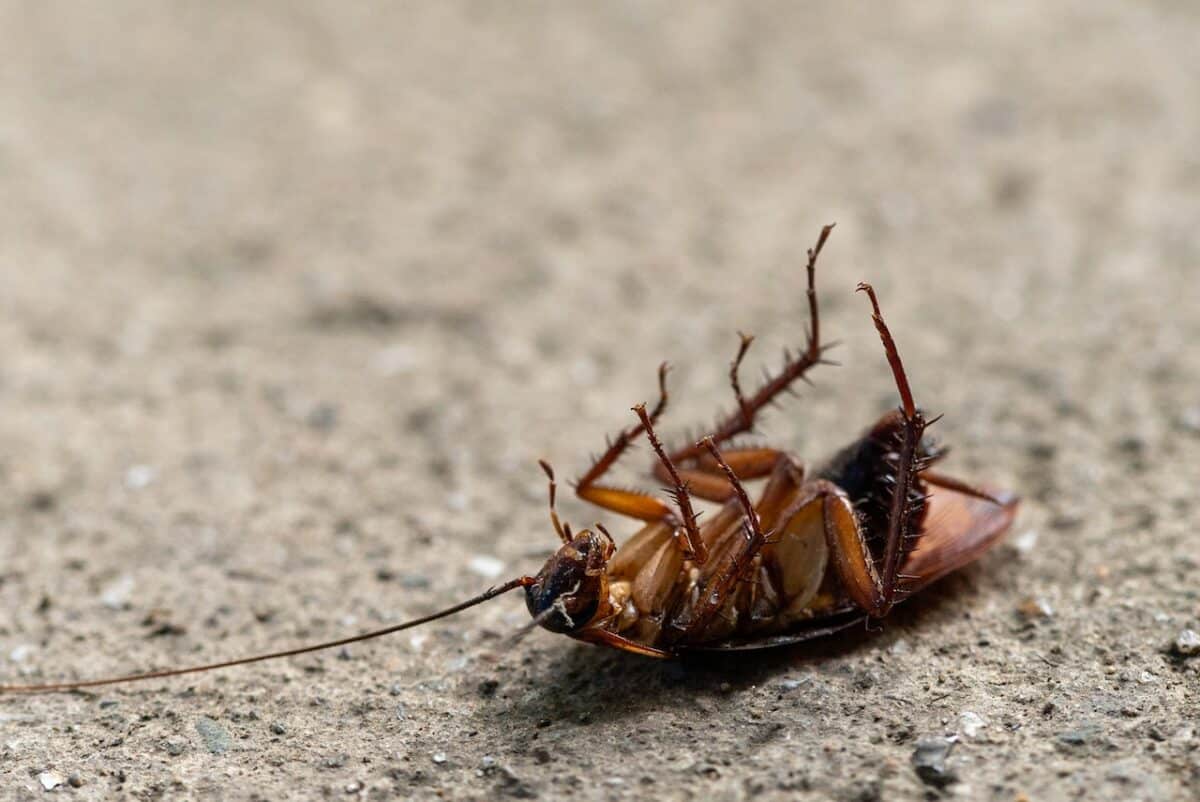
Cockroaches are notorious for their ability to reproduce rapidly, and pregnant females can quickly lead to a full-blown infestation. If you suspect that you have a pregnant cockroach in your home, there are several signs that you can look for.
- Physical Changes In Appearance
A visibly swollen abdomen is one of the most apparent signs of cockroach pregnancy. As the female cockroach carries eggs, its abdomen will become larger and more rounded. Some cockroach species also have distinctive markings on their abdomens that become more pronounced during pregnancy.
- Behavioral Changes
Pregnant cockroaches may exhibit several behavioral changes different from their non-pregnant counterparts. One standard change is a decrease in activity level, as the female cockroach conserves energy to support the growth and development of its eggs. Pregnant cockroaches may also prefer to hide in dark, secluded areas where they can protect their eggs from predators and other threats.
Another standard behavioral change is an increase in defensive behavior. Pregnant cockroaches may become more aggressive in defending their territory and exhibit defensive behavior if disturbed.
- Changes In Appetite
As the female cockroach carries eggs, she needs more energy to support its growth and development. It can lead to an increase in appetite, as the cockroach seeks out sources of food to fuel her body and her developing offspring.
- Changes In Activity Level
Pregnant cockroaches may also exhibit changes in their activity level. They may become less active and more sedentary as they focus on caring for their eggs. It can make it easier to spot pregnant cockroaches, as they may be more likely to stay in one place for long periods.
Prevention And Control Of Cockroach Infestations
Taking preventative measures is crucial in controlling the population of cockroaches. By following these steps, you can effectively prevent infestations.
- Keep Your Home Or Building Clean
Maintain cleanliness by regularly wiping down surfaces and storing food in airtight containers to eliminate food debris that attracts cockroaches.
- Seal Cracks And Crevices
Seal any cracks or gaps around windows, doors, and walls using caulk or weatherstripping, as cockroaches can enter through even the smallest openings. Lastly, ensure that there are no sources of standing water by fixing any leaky pipes or faucets.
- Remove Sources Of Water
To survive, cockroaches require water, so it’s essential to eliminate any standing water and repair any leaky pipes or faucets.
- Control Measures
If a cockroach infestation is already present, control measures may include the following:
- Bait stations are containers filled with poison that attract cockroaches. The cockroaches eat the poison and then carry it back to their nest, where it can kill the entire population.
- Insecticides can be applied to cracks and crevices or sprayed in areas where cockroaches are known to congregate and follow the label’s instructions.
- Cockroach traps can be used to capture and kill individual cockroaches. You can place them along baseboards or in cabinets.
- Working With A Pest Control Professional
While prevention and control measures can be effective, it’s important to work with professional pest control services to ensure that the infestation is effectively controlled and that the appropriate measures are taken to prevent future infestations.
A professional can help identify the source of the infestation, assess the extent of the problem, and develop a customized treatment plan that is safe and effective. They can also guide prevention measures to help keep your home or building cockroach-free in the future.
By implementing prevention measures, using control measures if needed, and working with pest control professionals, you can effectively prevent cockroach infestations in your home or building. It can help protect your health, as cockroaches can carry diseases and trigger allergies and asthma, and can also help preserve the structural integrity of your property.
If You Kill A Pregnant Cockroach, What Could Happen?
Cockroaches do not give birth to live young. If a pregnant cockroach is killed, its eggs may be released, depending on the stage of pregnancy. If the cockroach was in the early stages of pregnancy, killing it may not significantly impact its reproductive cycle.
However, if the cockroach was close to laying its eggs, killing it could result in the release of the eggs, potentially leading to an infestation.
Can Cockroaches Lay Eggs When They Are Killed?
Once a female cockroach is prepared to lay eggs, she searches for a secure spot that offers ample protection for her eggs to mature. Cockroaches are celebrated for their versatility and can deposit their eggs in many prevailing surroundings.
After finding a suitable location, the female cockroach will deposit an egg case or ootheca that contains multiple eggs. The egg case is often glued or cemented to ensure its safety and protection from predators or environmental stressors.
It’s important to note that the female cockroach does not continue to lay eggs in the same egg case. Instead, she will create a new egg case for each batch of eggs. Some species of cockroaches can produce several egg cases throughout their lifetime, each containing dozens of eggs.
If a pregnant cockroach is killed, the eggs inside her will not be laid and will not develop into nymphs. However, if the female cockroach had already deposited an egg case before she was killed, the eggs inside the case can still hatch into nymphs, even if the female is no longer alive.
Do Cockroaches Give Birth When They Die?
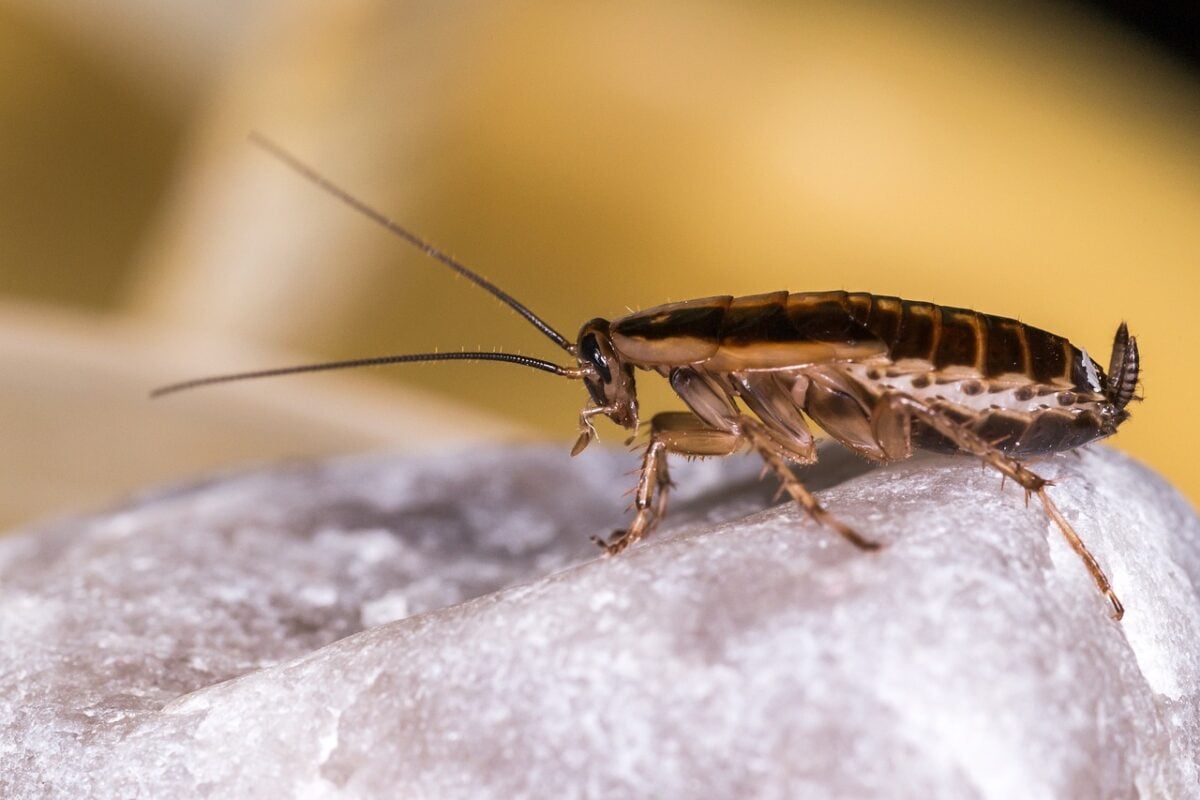
It’s important to note that cockroaches do not give birth when they die. As previously mentioned, cockroaches lay their eggs in hidden and safe locations, and the fertilized eggs will eventually hatch into nymphs.
Also, it’s worth noting that cockroaches have a high reproductive potential. A female cockroach can lay 10 to 40 eggs simultaneously; a single egg case can contain up to 50 eggs. Cockroaches have a short reproductive cycle, with some species capable of producing several generations in a single year.
When a cockroach infestation is left unchecked, it can quickly become a significant problem, as their populations can overgrow. It can lead to health hazards as cockroaches carry diseases and allergens, and their feces and shed skins can trigger asthma and allergies.
To effectively control and prevent cockroach infestations, it’s crucial to address the root cause of the problem by eliminating food and water sources, sealing entry points, and implementing regular pest control measures. A licensed pest control professional can advise on the most effective strategies to prevent and control cockroach infestations.
Cockroach Vs. Palmetto Bug
Is there a difference between a cockroach and a palmetto bug? Well, let’s find out! While the terms may seem interchangeable, there’s a slight difference between the two. The term “palmetto bug” is mainly used to describe the American cockroach, a large species commonly found in the southeastern region of the United States. These creepy crawlies can grow up to 2 inches long and have reddish-brown wings that they rarely use for flying.
On the other hand, “cockroach” is a general term used to describe several species of insects that belong to the order Blattodea. These insects come in various shapes, sizes, and colors, but they all have a few things in common: they’re scavengers and are hard to eliminate once they’ve infested a space.
So, while “palmetto bug” and “cockroach” are often used interchangeably, the term “palmetto bug” is primarily used in the southeastern United States as a regional name for the American cockroach. Regardless of what you call them, one thing is for sure: you don’t want these creepy critters scurrying around your home!
Conclusion on Early Signs Of Cockroach Pregnancy
Identifying the early signs of cockroach pregnancy is essential for preventing and controlling infestations. By observing physical and behavioral changes in cockroaches, steps can be taken to avoid infestations from occurring, as they are known carriers of bacteria and allergens that can trigger asthma and other respiratory problems.
| Key Points on Early Signs Of Cockroach Pregnancy |
| Cockroaches are common household pests that can quickly become problematic if left unchecked. These insects are known for their resilience and ability to reproduce rapidly, making it essential to identify and address any signs of infestation as early as possible. |
| Scientists believe cockroaches evolved from a common ancestor that lived more than 300 million years ago, during the Carboniferous period. |
| Maintain cleanliness by regularly wiping down surfaces and storing food in airtight containers to eliminate food debris that attracts cockroaches. |
| It’s important to note that cockroaches do not give birth when they die. As previously mentioned, cockroaches lay their eggs in hidden and safe locations, and the fertilized eggs will eventually hatch into nymphs. |
| By observing physical and behavioral changes in cockroaches, steps can be taken to avoid infestations from occurring, as they are known carriers of bacteria and allergens that can trigger asthma and other respiratory problems. |
Therefore, taking steps to prevent and control cockroach infestations is crucial.
Thank you for reading Early Signs Of Cockroach Pregnancy. Also have a look at Cockroach Babys 8 Surprising Facts or Bed Bugs.
Join our Forum for free today!

- These are The 5 Largest Great White Sharks Ever Recorded - July 19, 2024
- The Surprising Benefits of Big Game Hunting - July 18, 2024
- $100k+ Hunting Experiences The Most Expensive Animals to Pursue - July 17, 2024

